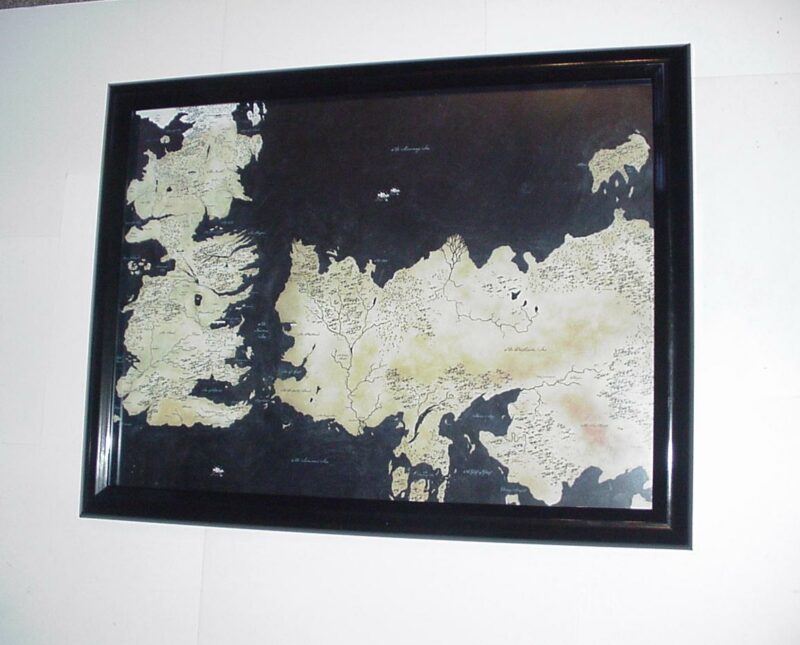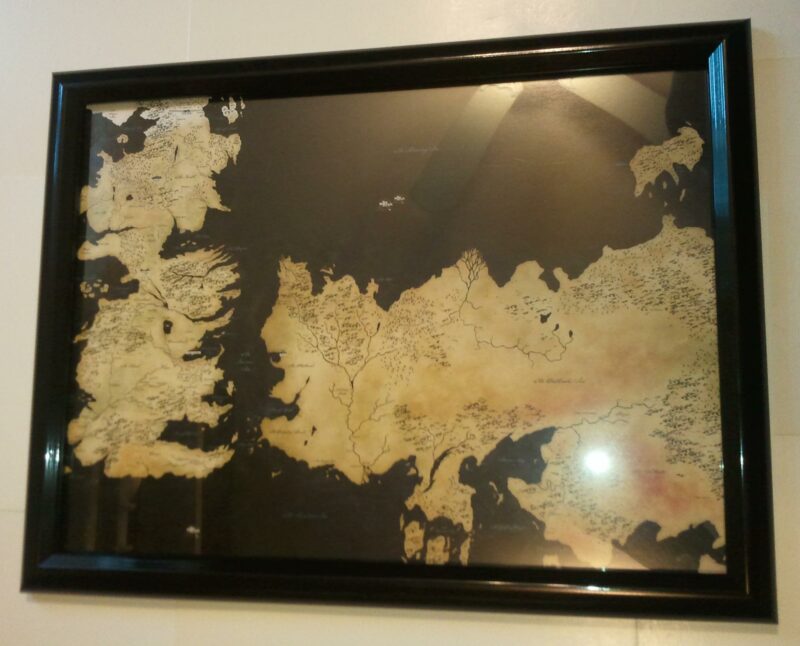Description
Game of Thrones is an American fantasy drama television series created for HBO by David Benioff and D. B. Weiss. It is an adaptation of A Song of Ice and Fire, George R. R. Martin’s series of fantasy novels, the first of which is titled A Game of Thrones. The episodes are mainly written by Benioff and Weiss, who are the executive producers alongside Martin, who writes one episode per season. Filmed in a Belfast studio and on location elsewhere in Northern Ireland, Malta, Scotland, Croatia, Iceland, the United States and Morocco, it premiered on HBO in the United States on April 17, 2011. Two days after the fourth season premiered in April 2014, HBO renewed Game of Thrones for a fifth and sixth season. The series, set on the fictional continents of Westeros and Essos at the end of a decade-long summer, interweaves several plot lines. The first follows the members of several noble houses in a civil war for the Iron Throne of the Seven Kingdoms; the second covers the rising threat of the impending winter and the mythical creatures of the North; the third chronicles the attempts of the exiled last scion of the realm’s deposed dynasty to reclaim the throne. Through its morally ambiguous characters, the series explores issues of social hierarchy, religion, loyalty, corruption, civil war, crime, and punishment. Game of Thrones has attracted record numbers of viewers on HBO and obtained an exceptionally broad and active international fan base. It received widespread acclaim by critics, although its frequent use of nudity, violence and sexual violence has attracted criticism. The series has won numerous awards and nominations, including a Primetime Emmy Award nomination for Outstanding Drama Series for its first four seasons, a Golden Globe Award nomination for Best Television Series – Drama, a Hugo Award for Best Dramatic Presentation in both Long Form and Short Form, and a Peabody Award. Among the ensemble cast, Peter Dinklage won the Primetime Emmy Award for Outstanding Supporting Actor in a Drama Series and the Golden Globe Award for Best Supporting Actor – Series, Miniseries or Television Film for his role as Tyrion Lannister.
Westeros is one of the four known continents in the known world, the others being Essos, Sothoryos, and Ulthos. Most of the area of Westeros is covered by a political entity known as the Seven Kingdoms, while the far north beyond the Wall includes the free folk. The closest foreign nations to Westeros are the Free Cities, a collection of independent city-states across the narrow sea in western Essos. To the south of Westeros lie the Summer Islands. Westeros’s climate shifts from arid and dry desert climate in the furthest south to cold and harsh winters in the north and icy wasteland in the Lands of Always Winter in the farthest north. Westeros and Essos both experience extremely long seasons of varying length, usually lasting at least a couple of years each. The maesters try to predict the length of the seasons, monitoring the temperature and days length, to advise on when to plant and when to harvest and how much food to store. However, given the random nature of the seasons, this is not something that can be relied on. Winter means that the days grow shorter. George R. R. Martin has stated that the explanation for the world’s unusual climate is magical in nature and will be revealed at the end of the series.
Sentient species
Humans – appear to be mostly equivalent to humans on Earth, although some noticeable differences exist. There is a propensity for families in noble houses to share a common trait; for example, the Lannisters appear to have all been blondes for hundreds of years. Some physical features are unusual in our world: Targaryens often have platinum hair and violet eyes, while descendants of the Ghiscari often have both red and black hair. Also, humans in Westeros are often larger than would be expected in a medieval civilization: many men are over six feet tall, with abnormally large men standing seven feet or taller. Natives of Westeros have predominantly European features, with regional variations. Natives of the Summer Islands and the continent of Sothoryos have predominantly African features. Natives of other areas have a variety of features from many real-world races.
Giants – huge, shaggy humanoids of slightly below human intelligence, vaguely resembling bipedal apes. Giants are a dwindling species found only in the lands to the extreme north, beyond the Wall. They ride mammoths into battle, wielding crude clubs that are little more than logs. They speak the Old Tongue of the First Men.
Children of the forest – the original inhabitants of Westeros are frequently mentioned, but have not been seen in thousands of years. They are thought to be diminutive humanoid creatures; dark and beautiful, with mysterious powers over dreams and nature. They are said to have used obsidian weapons and weirbows in battle. Little of their legacy exists at present beyond their worship of nameless nature gods still practiced by some in the North, and the remaining Weirwoods.
Others – a mysterious and apparently malevolent race of creatures found beyond the Wall. They have only been seen at night, and seem to bring unnatural cold with them. They appear as tall, gaunt humanoids with eyes of blue so deep it burns like fire. They wear armor that shifts in color with every step, and wield thin crystal swords that are so cold they can shatter iron. Others move silently, but their voices sound like cracking ice. Creatures they kill reanimate as wights, undead zombies with glowing blue eyes. The Others exhibit a weakness to weapons made of dragonglass, which will pierce their armour easily. In death, they seem to melt into a pool of extremely cold liquid.
Animals
Some species of animals inhabiting the planet are very similar to Pleistocene megafauna of Earth or even historical animals.
Aurochs – large relatives of the bull. They are frequently used as a symbol of size, strength, and stupidity. An aurochs was used as a mount by the mythical Clarence Crabb as a display of his prowess.
Direwolves – relatives of the wolf, but more like their extinct real-world equivalent they are much larger and stronger than regular wolves, reaching the size of a pony when fully grown. They are almost never seen south of the Wall.
Lizard-lions – massive, swamp-dwelling reptiles found in the Neck, these creatures are most likely large crocodilians.
Mammoths – inhabitants of the far north and apparently the only pachyderm in Westeros. They are used as mounts by Giants.
Other animals appear to be altered versions of contemporary animals or have no real-world equivalent.
Krakens – huge squids said to be able to pull down whaling ships. They are largely considered a myth.
Manticores – small creatures that look like scarabs when folded up. Their faces are malign and vaguely human. They have a poisonous sting that is fatal to humans. Manticores are probably from across the narrow sea.
Ravens – physically similar to common ravens of Earth, ravens in Westeros are used to carry messages between castles. The maester of each castle usually tends to its stock of ravens. Maesters raise a breed of large, white ravens at the Citadel that are said to be more intelligent. Ravens sometimes imitate human speech like parrots.
Shadowcats – large predatory cats with black fur and white stripes who seem to be native to mountainous regions. Their pelts are prized.
Zorses – black and white-striped horses, most likely similar to zebras, brought over and used as mounts by some foreigners in Westeros.
Dragons – ferocious, magical creatures, dragons are not native to Westeros, but were brought to the continent by the Targaryens. They died out over one hundred years ago, and are thought to be extinct by the people of Westeros.
Unicorns – large goatlike animals, with a long single horn on its head.
Essos is the largest of the four known continents in the world. It lies east of Westeros and north of Sothoryos and Ulthos, stretching from the Shivering Sea in the north to the Summer Sea in the south, and from the narrow sea in the west to the lands surrounding the Jade Sea in the east, if not farther. Essos is populated by many different peoples and has a vast and varied geography. In the novels of A Song of Ice and Fire, the continent is simply called the eastern continent, beyond the narrow sea, or the east; George R. R. Martin first referred to it as Essos in mid-2008 in an interview, and later officially confirmed it. The Appendix of A Dance with Dragons officially refers to the continent east of the narrow sea as Essos. Essos is home to a much larger and more diverse set of races and cultures than Westeros. They are descendants of old cultures ranging from the Andals, the Rhoynar, old Ghis, and Valyrian Freehold. Unlike Westeros, which is unified under the Seven Kingdoms, Essos is divided into many different sovereign regions and city-states and has had no dominant power since the Valyrian Freehold fell almost four centuries ago. Its peoples include:
Dothraki, a copper-skinned race of warlike nomads with their own language and unique culture.
Ghiscari, a mongrel race that populates most of Slaver’s Bay, that speak a bastardized version of High Valyrian. Descendants of old Ghis.
Peoples of the Free Cities, descendants of the Valyrian Freehold. They speak a distinct form of High Valyrian, though the Common Tongue of Westeros is also used.
Lhazareen, a peaceful people with bronze skin, flat faces, and almond eyes. They are predominantly shepherds who worship the Great Shepherd and are called the ‘Lamb Men’ by the Dothraki, who frequently prey on them.
Qartheen, the inhabitants of Qarth.
Ibbenese fishing colonies in the north.
Jogos Nhai, renowned for capturing zorses.
Frame is shrinkwrapped until time of purchase. Ships boxed with packing peanuts.
THE PERFECT GIFT!
Related products
-
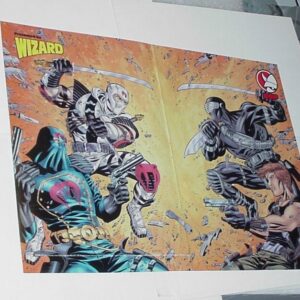

G.I. Joe Poster # 3 Cobra Commander Storm Shadow vs Snake Eyes and Billy by Mike Zeck
$34.99 Add to cart -
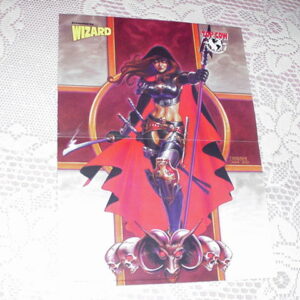

Magdelena Poster Joe Michael Linsner Dawn
$34.99 Add to cart -

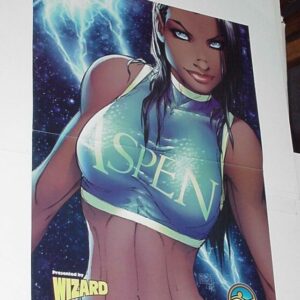
Fathom Poster # 9 Aspen Shirt Michael Turner Matthews Superman
$39.99 Add to cart -
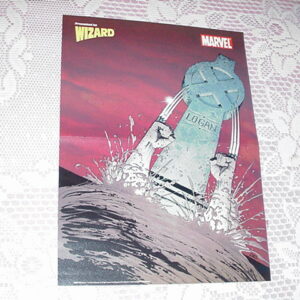
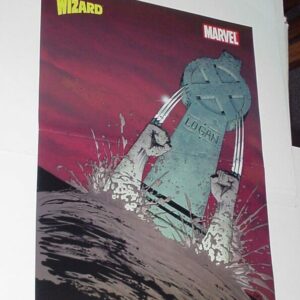
Wolverine Poster #13 Lives! by John Cassaday X-Men
$34.99 Add to cart
